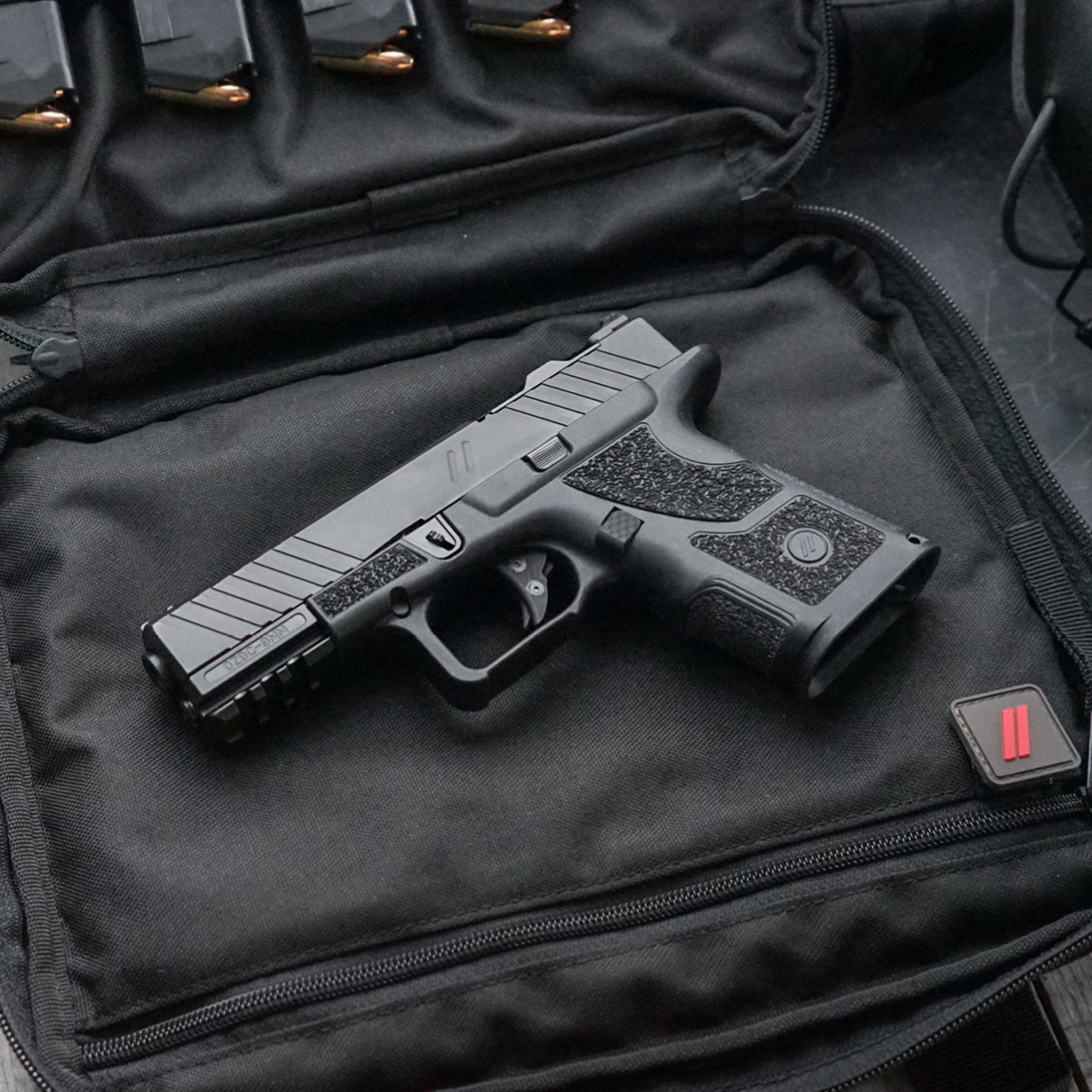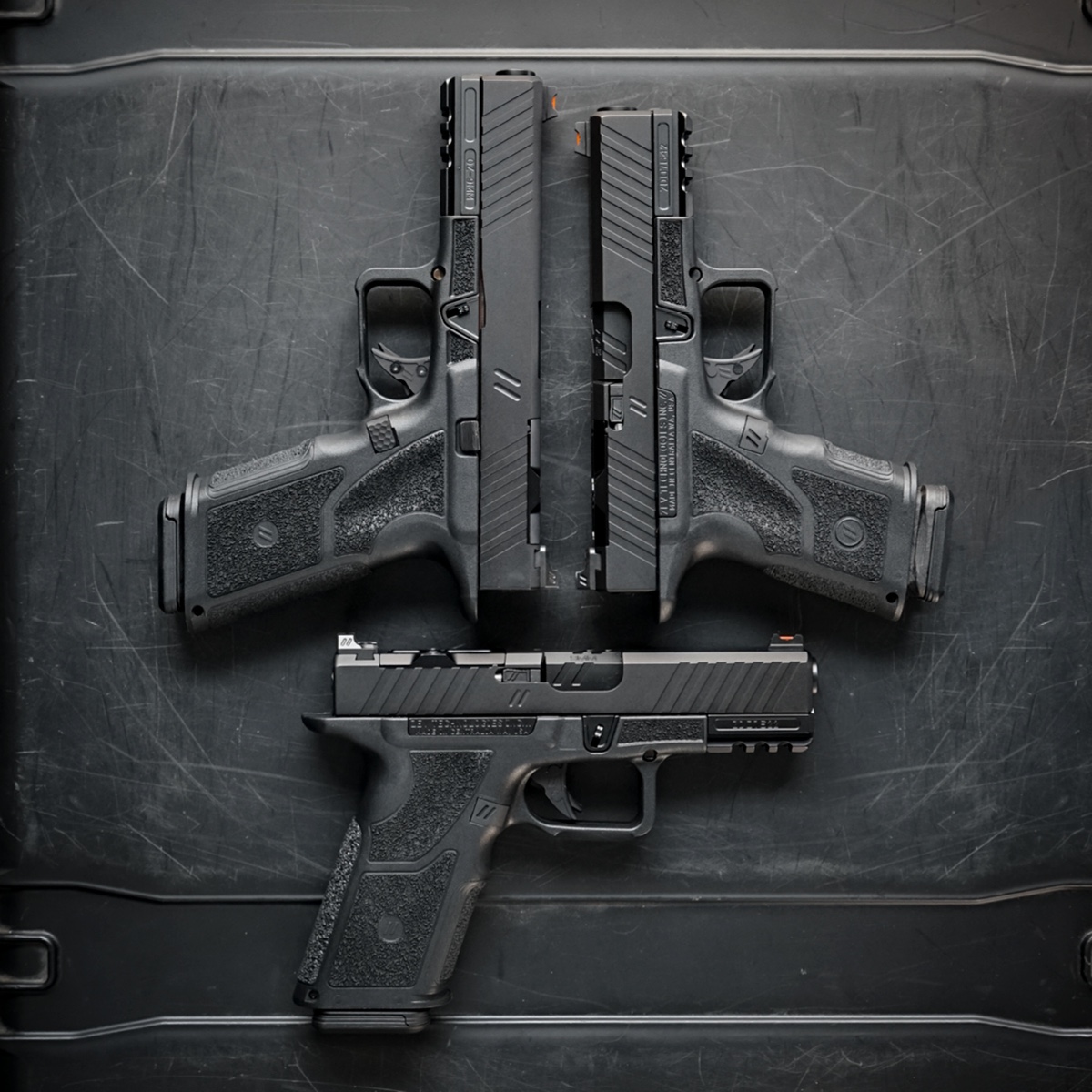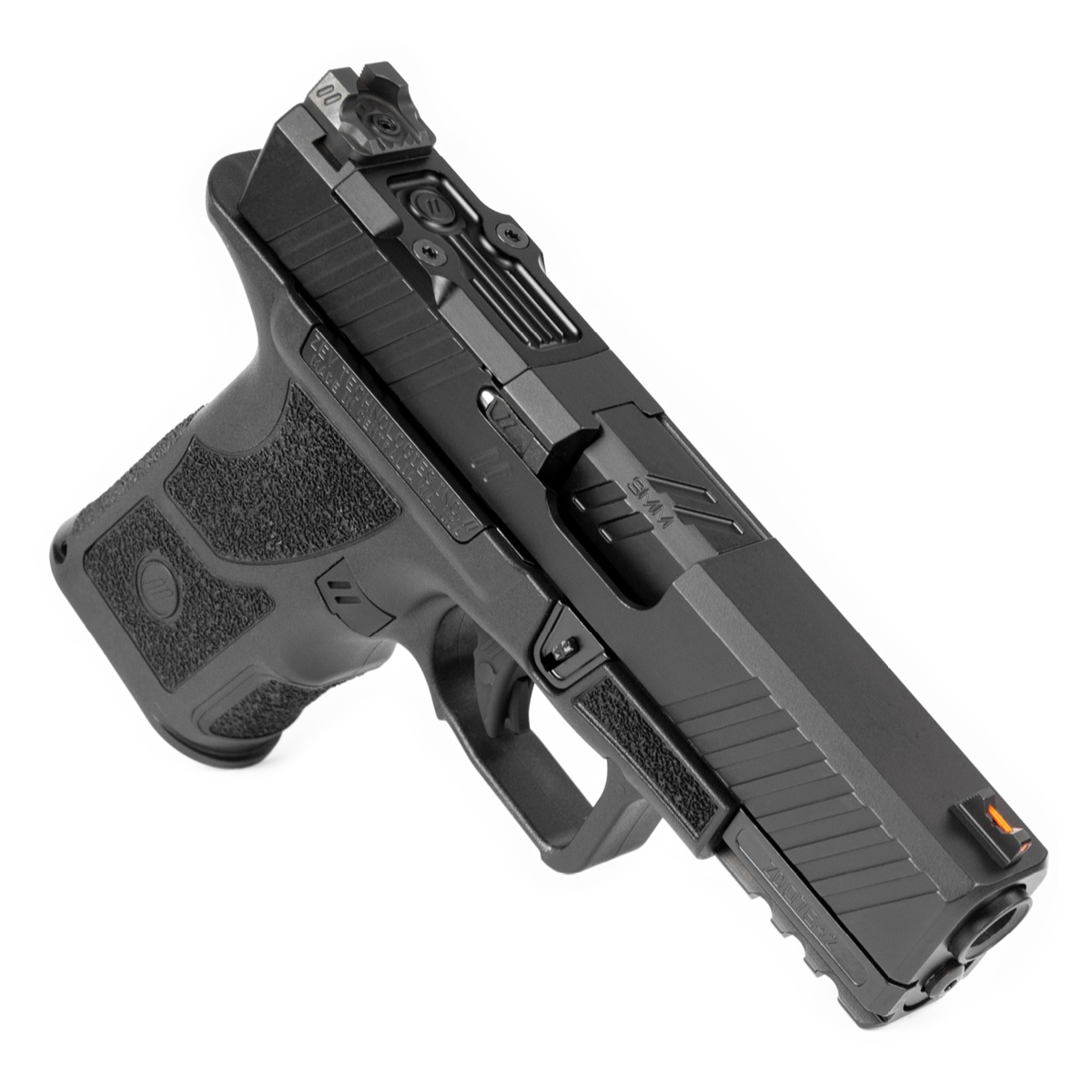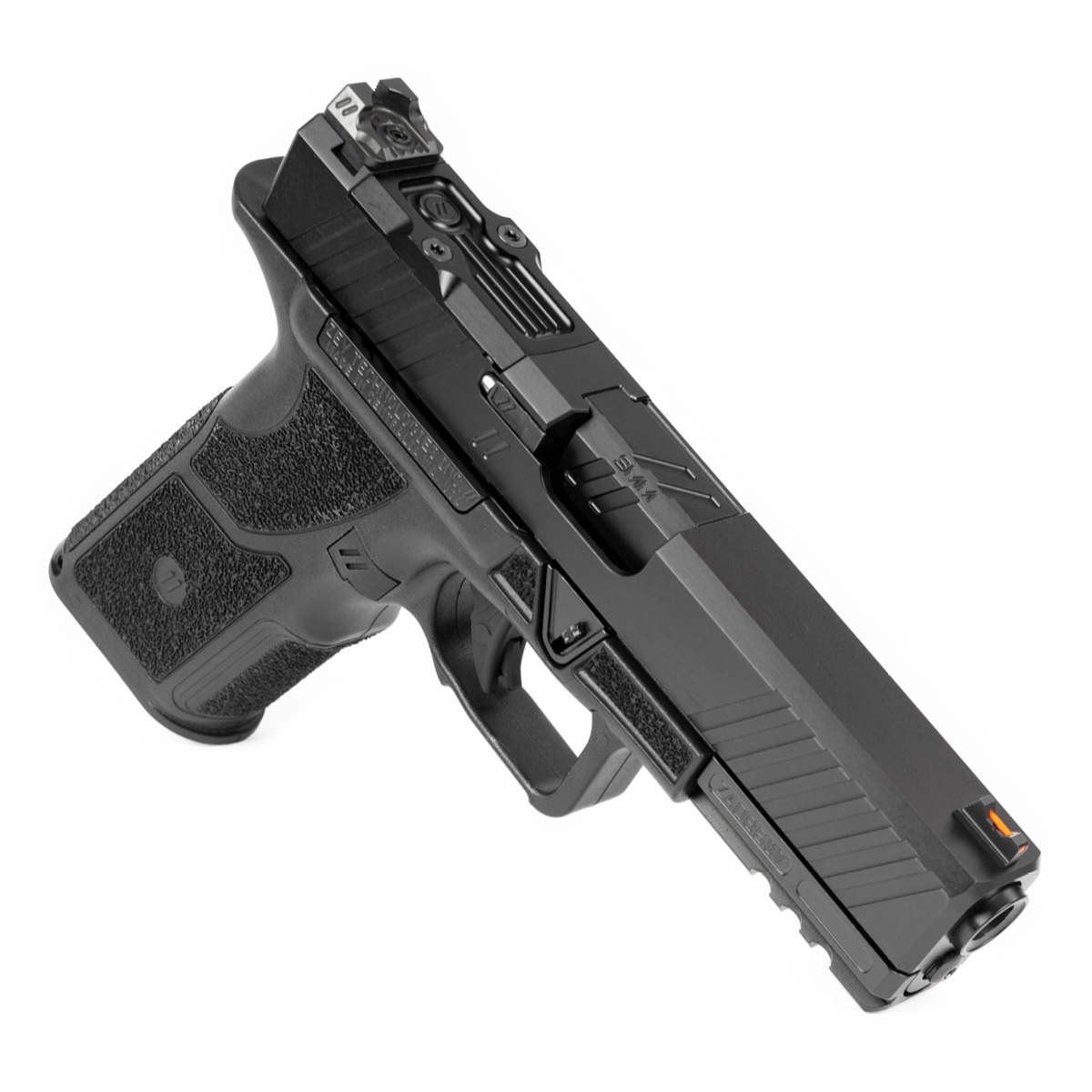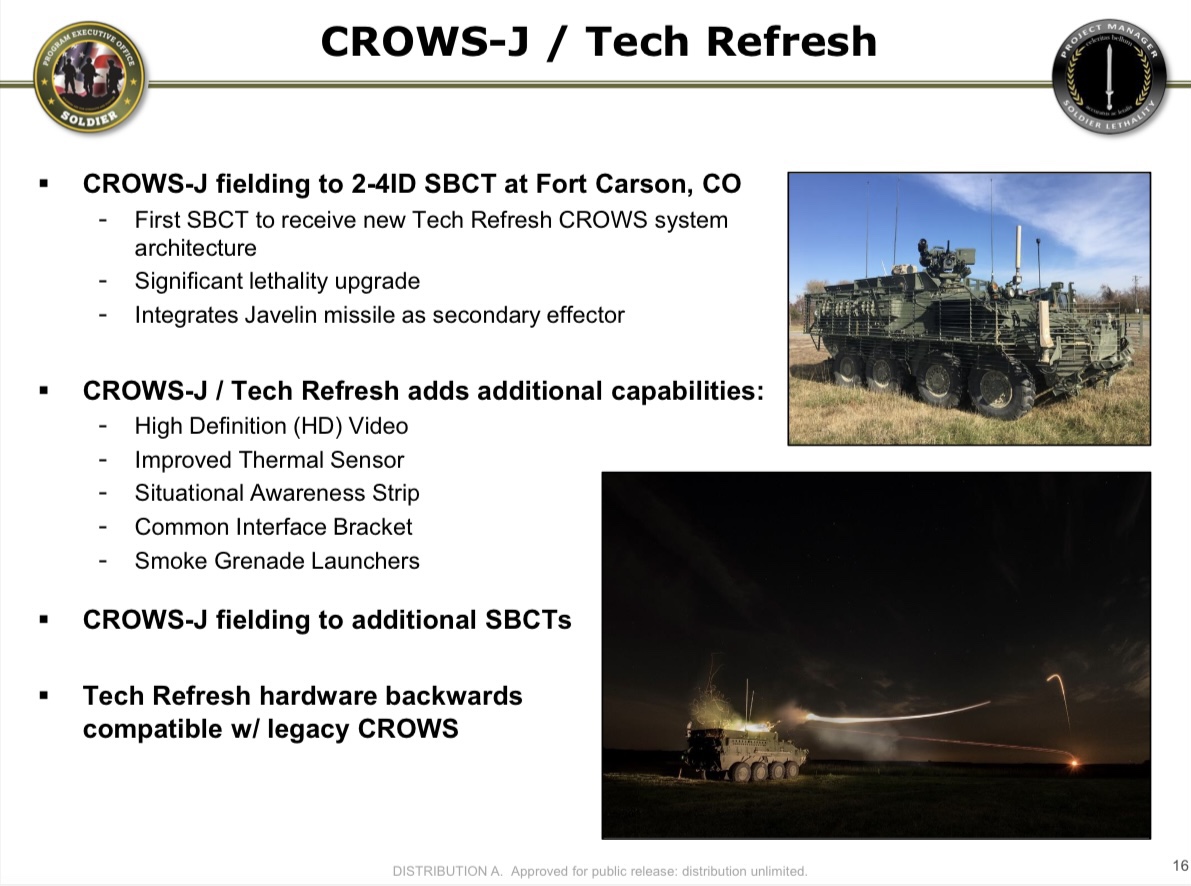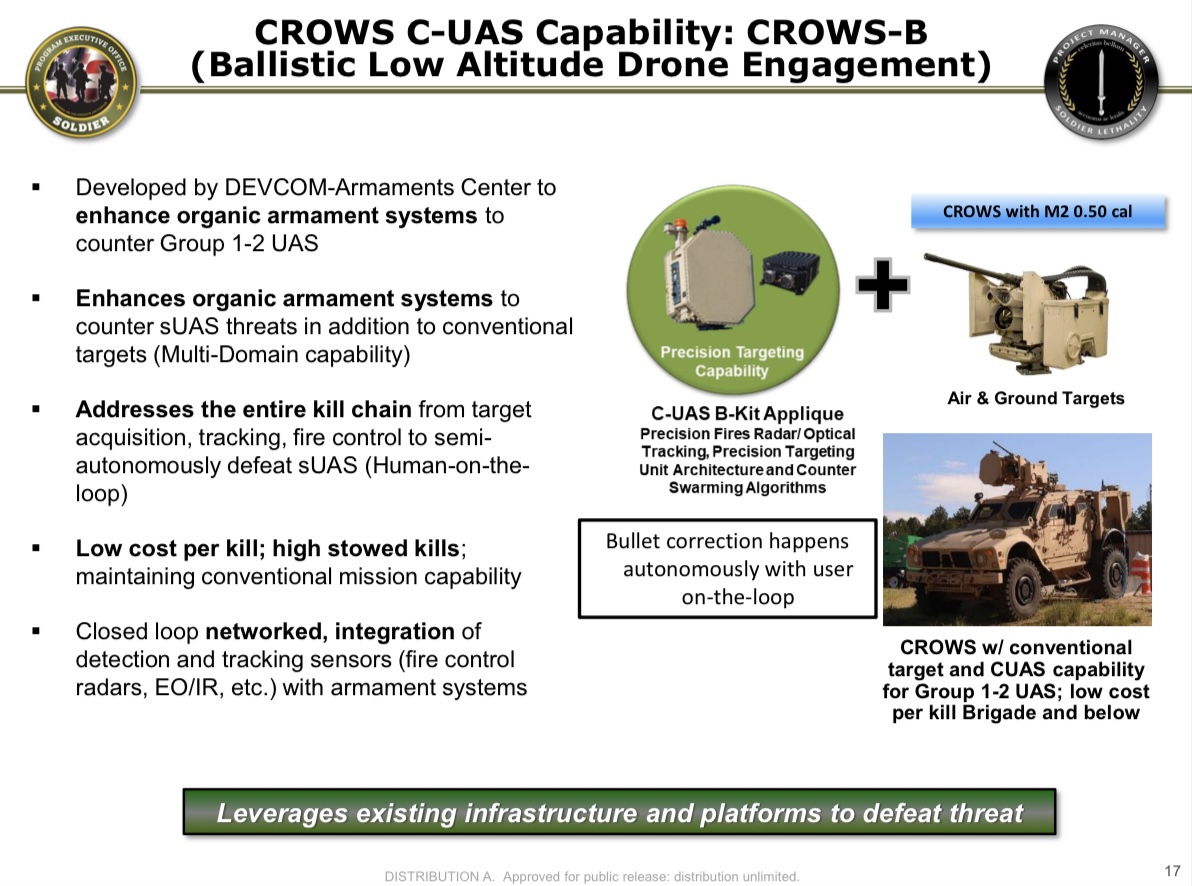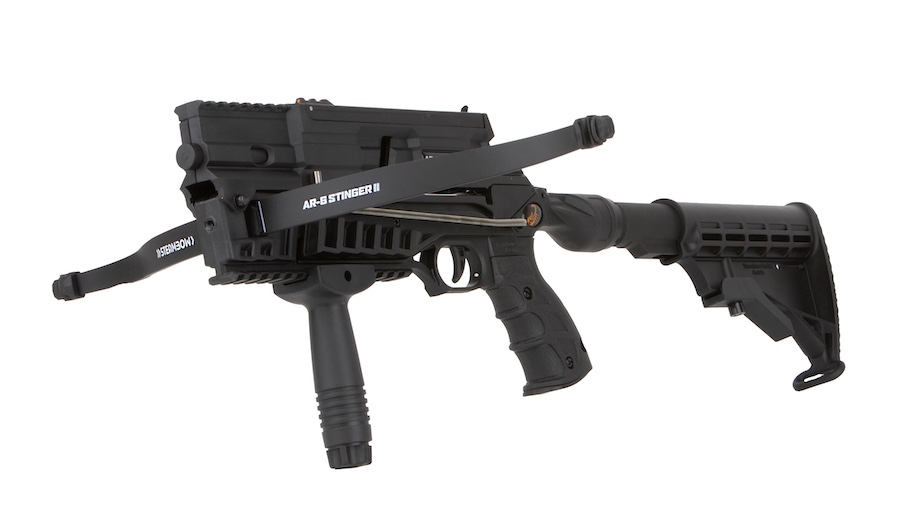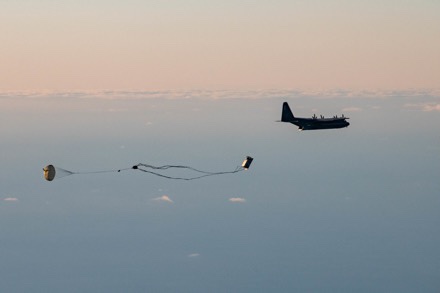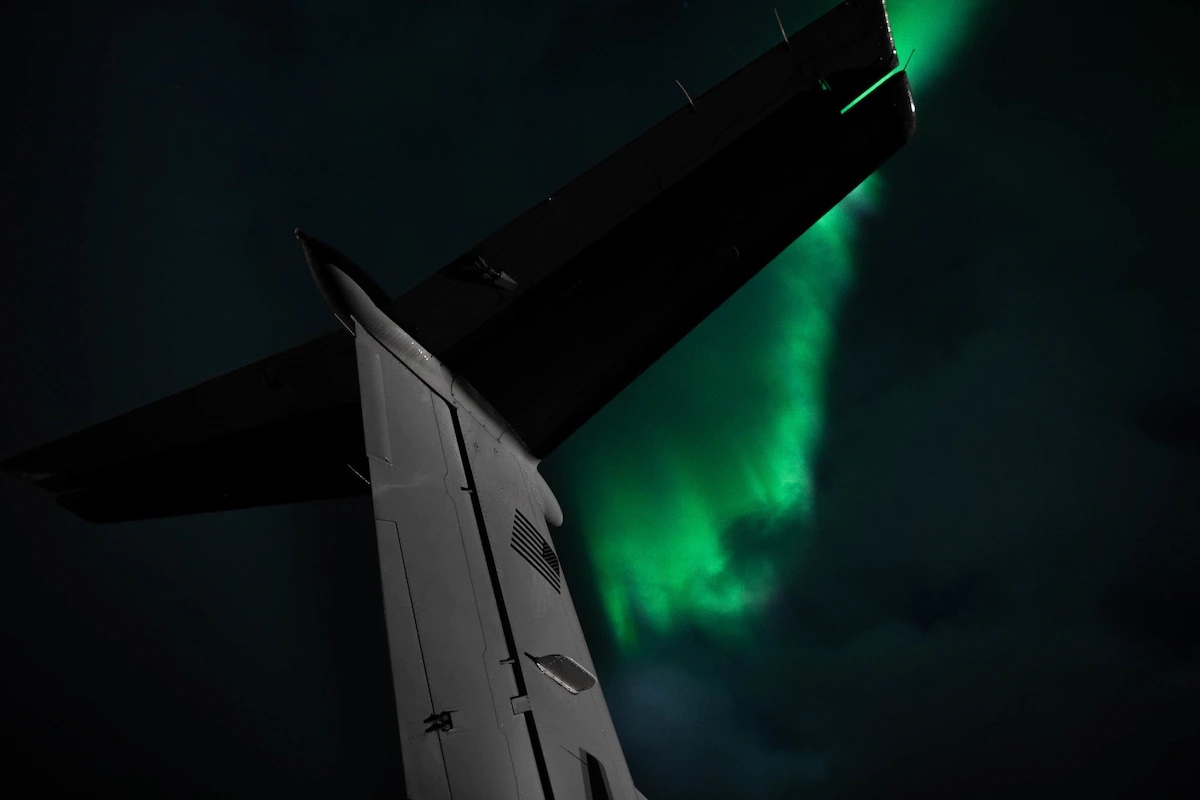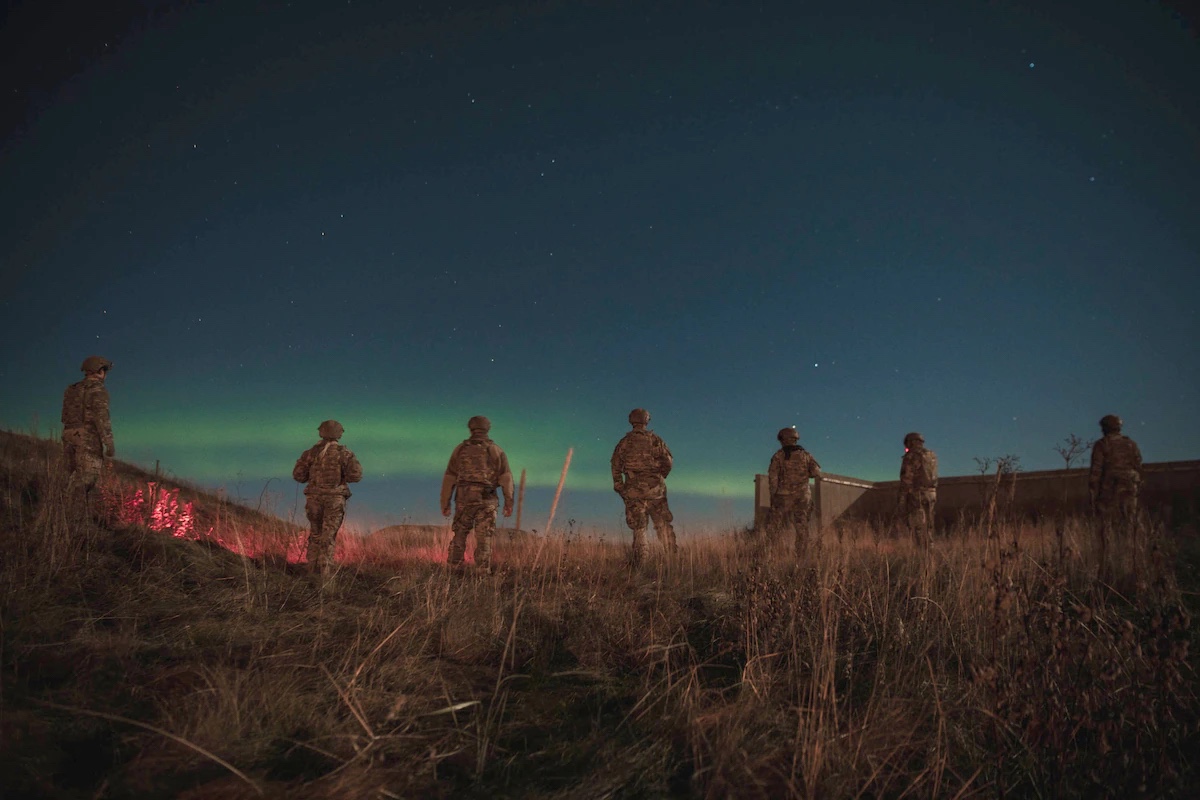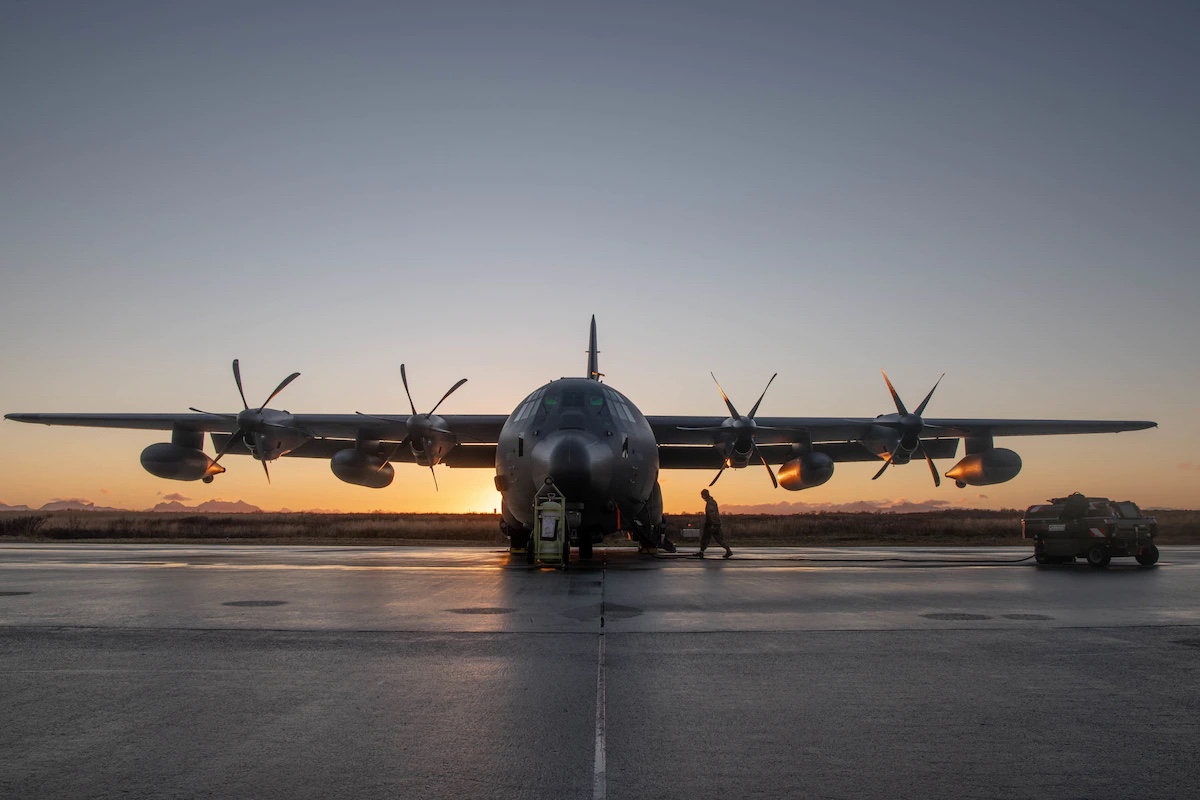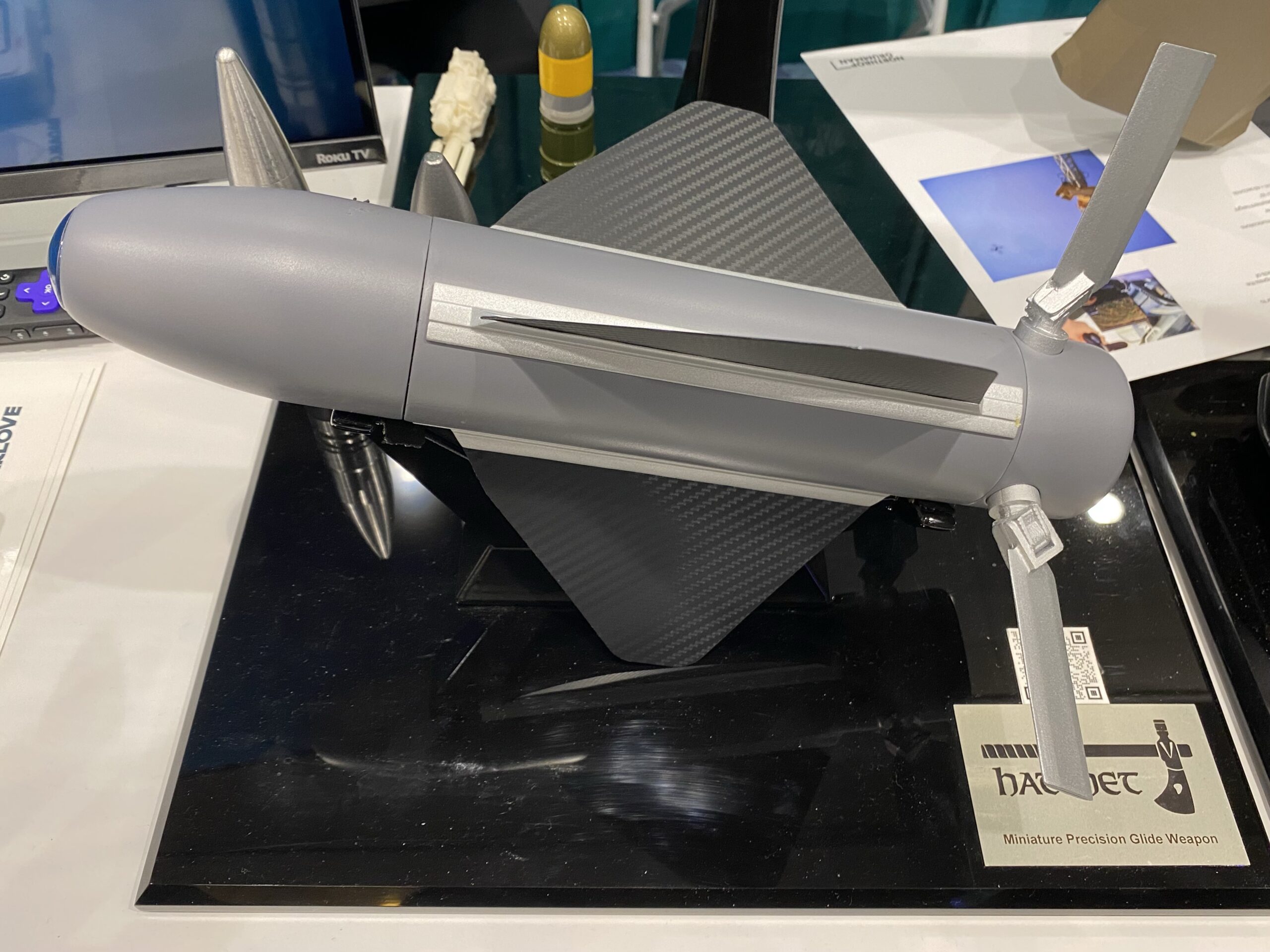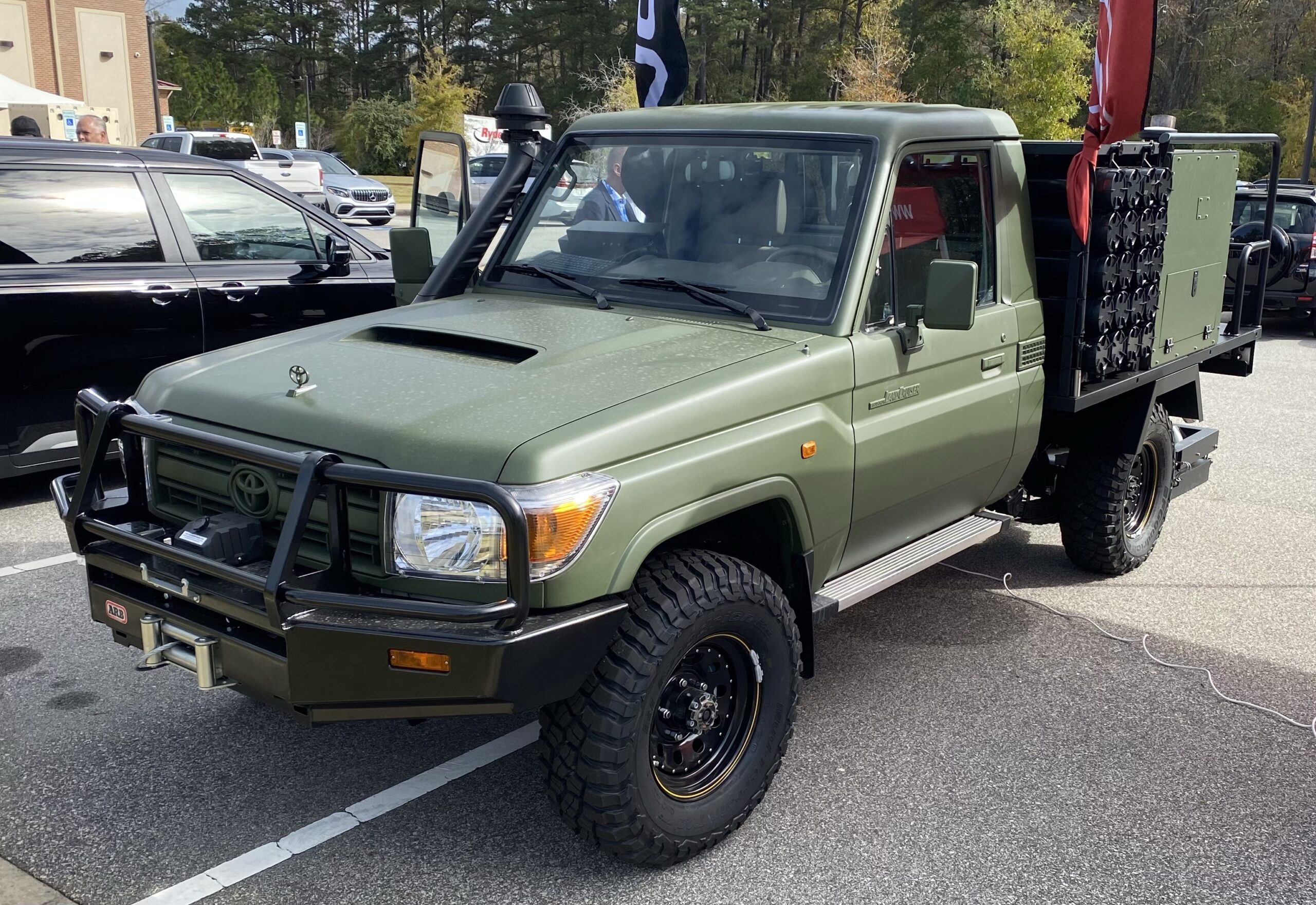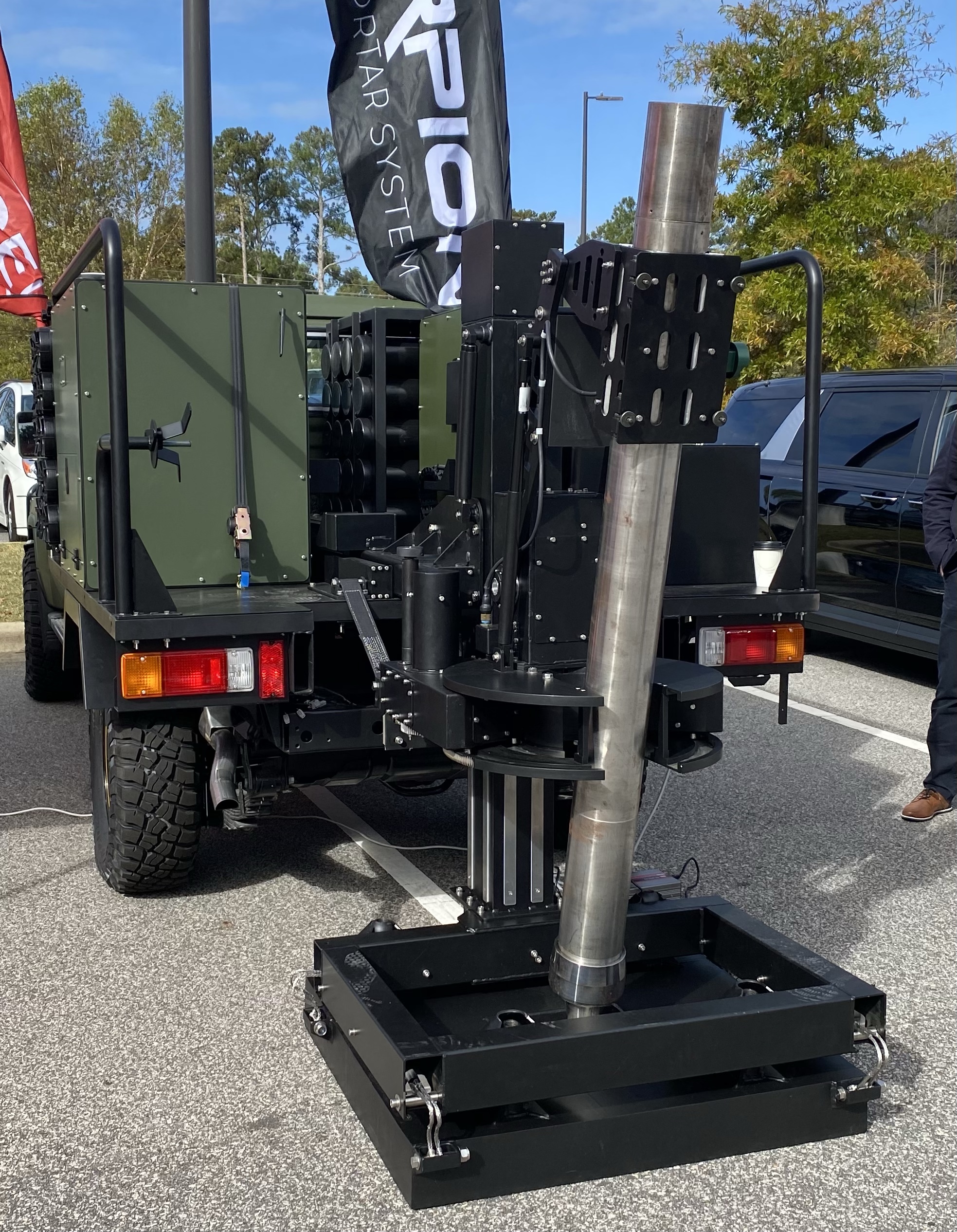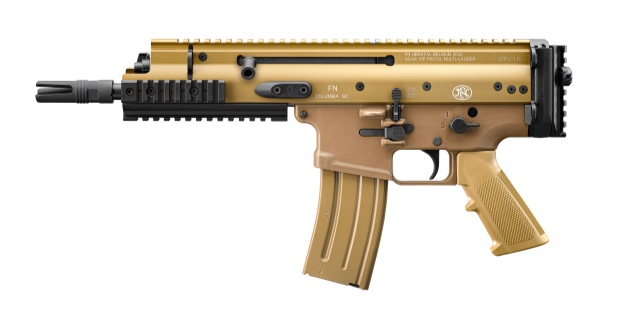
“The release of the FN SCAR-SC in 2018 created excitement amongst SCAR enthusiasts who hoped that we would, one day, offer this configuration as a semi-automatic pistol to the U.S. firearms market,” said Chris Cole, Vice President of Sales and Marketing for FN America, LLC. “With the FN SCAR 15P release, I am pleased to be able to deliver exactly what our consumers asked for – a pistol variant of the FN SCAR-SC – backed by the legendary reliability, durability and adaptability of the FN SCAR series.”
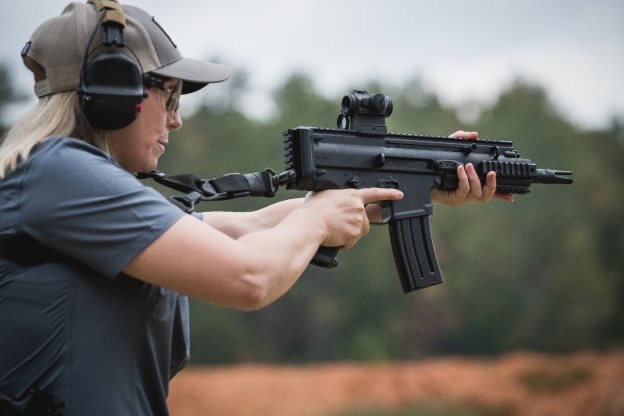
Machined from a single piece of aluminum, the receiver features a continuous M1913 Picatinny rail in the 12 o’clock position along with side rails at the 3, 6 and 9 o’clock positions, providing ample rail space for a red dot, flashlight or angled foregrip. The rear of the receiver features a vertical Picatinny rail (VPR) with a quick-detach sling attachment for use with single-point slings. The trigger module that acts as the lower receiver is identical to the SCAR 16S, sharing a number of parts commonalities across the two systems. It offers an ambidextrous selector and magazine release along with compatibility with any AR-pattern magazine.
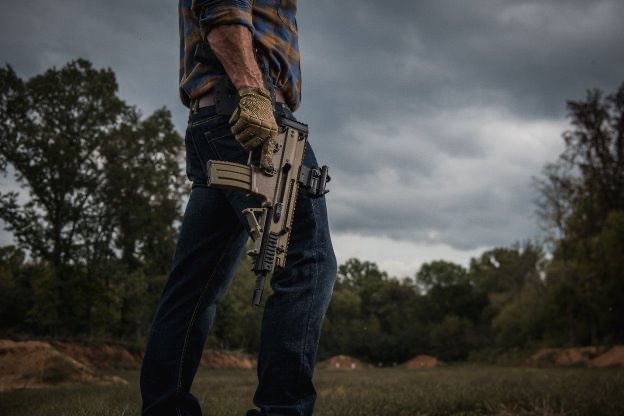
“The SCAR is renowned for its uncompromising reliability, durability and accuracy – the hallmark of FN’s quality. We are proud to say that the FN SCAR 15P meets those measures handily and delivers a shooting experience worthy of the name,” said Benjamin Voss, Senior Product Manager for FN America’s Long Guns. “This long-anticipated release carries the DNA of SCAR throughout from its short-stroke gas piston operating system, NRCH capabilities, cold hammer-forged and chrome-lined barrel, and so much more. We’re happy to deliver the FN SCAR 15P to our consumers who have eagerly anticipated this release.”
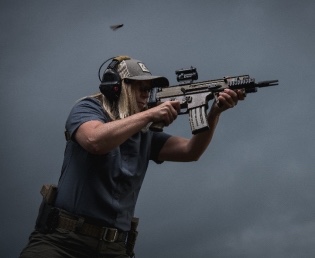
The ultracompact SCAR pistol is driven by the legendary and highly reliable short-stroke gas piston system at the heart of every SCAR. The pinnacle of reliability and durability, the pistol-length gas system runs cleanly, isolating spent gases from the moving parts group and giving you more rounds fired without stoppages. Its adjustable low-flash gas regulator and three-pronged muzzle device that reduce muzzle flash are especially appreciated in pistol configuration when firing repeated rounds down range from the fully free-floated 7.5-inch cold hammer-forged and chrome-lined barrel.
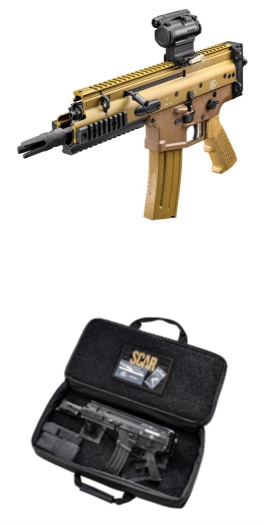
The pistol is equipped with the non-reciprocating charging handle assembly that reduces overall felt recoil due to the reduced mass of the bolt carrier, thus producing an extremely easy-to-manage system when shooting from a sling. The assembly includes the redesigned bolt carrier, charging handle sled and ambidextrous, reversible charging handles – one in a low-profile configuration and the other a 30-degree offset that enables the use of low-mounted optics and can act as a hand stop, if so desired. The low-profile charging handle is preinstalled from the factory and the 30-degree offset is included with the pistol as an available upgrade at the customer level.
Packaged in a discreet, soft-sided carry case color-matched to the pistol, moving from the home to the range and back has never been easier. With ample room within the case for spare magazines and other accessories, the FN SCAR 15P pistol case is an easy option to stow and go. The pistol is available in black or flat dark earth (FDE) and ships with one 30- or 10-round FN SCAR-L magazine. With its overall compact size, lightweight configuration and reliable FN SCAR operating system, the FN SCAR 15P is the perfect choice for a home or personal defense firearm and also an ideal addition to any FN SCAR collection.
To learn more about the FN SCAR 15P or other FN SCAR firearms, please visit www.fnamerica.com/scar.


